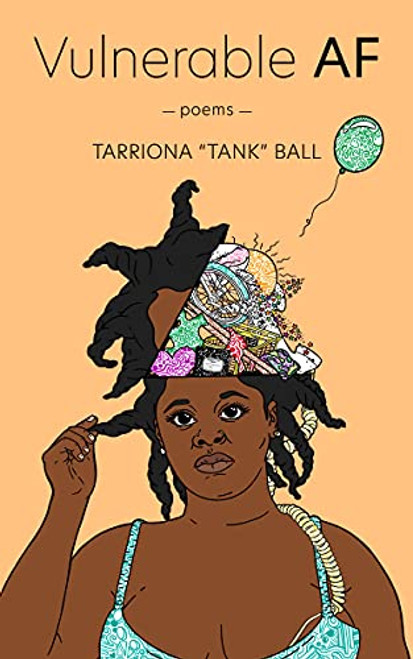In recent years, the world has watched in horror as tsunamis, earthquakes, and hurricanes have wrought havoc across countries and continents. While these events have different circumstances, they share a common factor: the overwhelming majority of victims are women, children, elderly, disadvantaged, or disabled. Evidence gathered from these events clearly demonstrates how social structure and roles produce extensive human suffering and differential impacts. Focusing explicitly on the social construction of disasters, Social Vulnerability to Disasters examines how the characteristics of an event alone do not create the tragedies that unfurl.
The book discusses why such vulnerabilities exist, what can be done to foster change, and ultimately, reduce vulnerabilities and build capacity. It takes a multi-disciplinary approach to examine historical, geographic, social, and cultural factors and conditions that put people differently at risk before, during, and after disasters. The contributors explore how vulnerable social groups are affected by and cope with hazardous conditions and events. Each chapter provides strategies for community based mitigation by engaging those populations most at risk.
Research has shown that recognizing and focusing on at-risk populations can create better mitigation, response, preparedness, and recovery capabilities, as well as lessening the economic and social impact of disasters. Based on materials developed for the FEMA Higher Education Project, this book is an empirically-based guide on the practical value of incorporating social aspects of disasters into emergency management, public administration, and social service programs.
All royalty proceeds from the book benefit the Mary Fran Myers Scholarship Fund at the Natural Hazards Center of the University of Colorado, Boulder.











